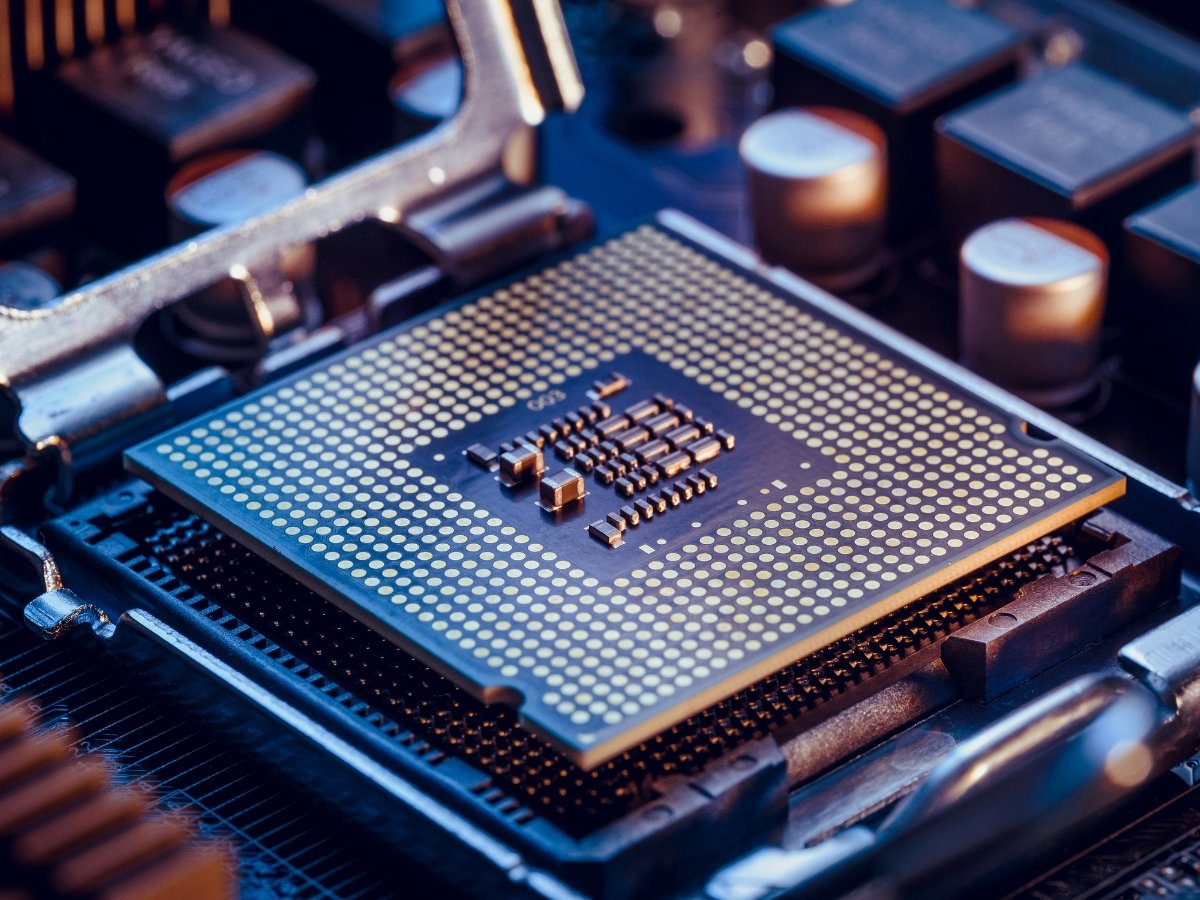The global semiconductor industry is undergoing a massive transformation. From AI to electric vehicles, smartphones to defense systems — chips are now the core enabler of every major technology trend. As a result, governments and companies around the world are pouring billions of dollars into semiconductor manufacturing.
But what does this mean for you as an electronics engineer or a student pursuing a career in VLSI and chip design?
Let’s explore the reasons behind this investment wave, the emerging opportunities, and how you can position yourself to benefit from the coming boom.
The Semiconductor Gold Rush: What’s Driving the Investment Surge?
Over the last 3 years, leading global tech companies and governments have announced massive investments in semiconductor fabs (fabrication plants), chip design, and R&D centers. Why?
1. Chip Shortages Disrupted Global Supply Chains
COVID-19 and geopolitical tensions exposed how fragile the global chip supply chain is. Automotive, smartphone, and electronics companies faced production halts due to chip shortages.
2. Geopolitical Push for Semiconductor Independence
Countries like the USA, India, Japan, and EU are pushing for self-reliant chip manufacturing ecosystems to reduce dependency on Taiwan and China. For example:
The US CHIPS Act committed $52 billion for domestic chip production.
India’s Semiconductor Mission is investing ₹76,000 crore ($10 billion) in chip fabs, packaging units, and design startups.
3. Demand from Emerging Tech Sectors
With the rise of:
Artificial Intelligence
5G and 6G networks
Electric Vehicles
IoT and Edge Devices
…the demand for advanced, energy-efficient chips has exploded.
What This Means for Electronics & VLSI Engineers
Unprecedented Job Creation
As new fabs and design centers open in India and globally, there’s a massive demand for VLSI design engineers, chip architects, layout engineers, and verification experts.
India alone will need 100,000+ skilled VLSI engineers in the next 5 years.
Hands-On Skills > Just Degrees
Companies are no longer looking for engineers with just academic degrees. They want industry-ready professionals with:
Experience using EDA tools (Cadence, Synopsys, Mentor, Xilinx)
Knowledge of CMOS design, RTL verification, analog & digital design
A solid understanding of chip design lifecycle and semiconductor physics
Core Jobs Are Back in Demand
For years, many electronics engineers had to settle for IT services or software roles. That’s changing. Core VLSI jobs are now high-paying, high-growth careers, with salaries often starting at ₹6-10 LPA for skilled professionals.
How You Can Prepare: Learn What the Industry Wants
If you’re in your final year of engineering or a recent graduate from an ECE/EEE background, now is the time to upskill in chip design and VLSI technologies.
The MOSart Labs Advantage:
MOSart Labs offers India’s only IIT-certified PG Diploma in VLSI, in collaboration with IIT Bhubaneswar. The program is designed to prepare you with the exact skills semiconductor companies are hiring for.
Program Highlights:
- 12-Month Curriculum with strong foundation + specialization + campus immersion
- Training on Industry-standard EDA tools like Cadence, Synopsys, Mentor
- 5+ Industry Mini Projects, real-time assignments
- Placement support, interview training, and resume preparation
- 4-Week Campus Experience at IIT Bhubaneswar
“We don’t just teach you VLSI. We help you build, design, simulate, and verify like the engineers in top semiconductor companies do.”
Semiconductor Growth = Your Career Opportunity
The semiconductor wave is just beginning. With India actively building chip fabs, design labs, and packaging units — there has never been a better time to enter this field.
If you want to be part of the future of electronics, now is the time to specialize in VLSI and get trained with real tools and projects.



